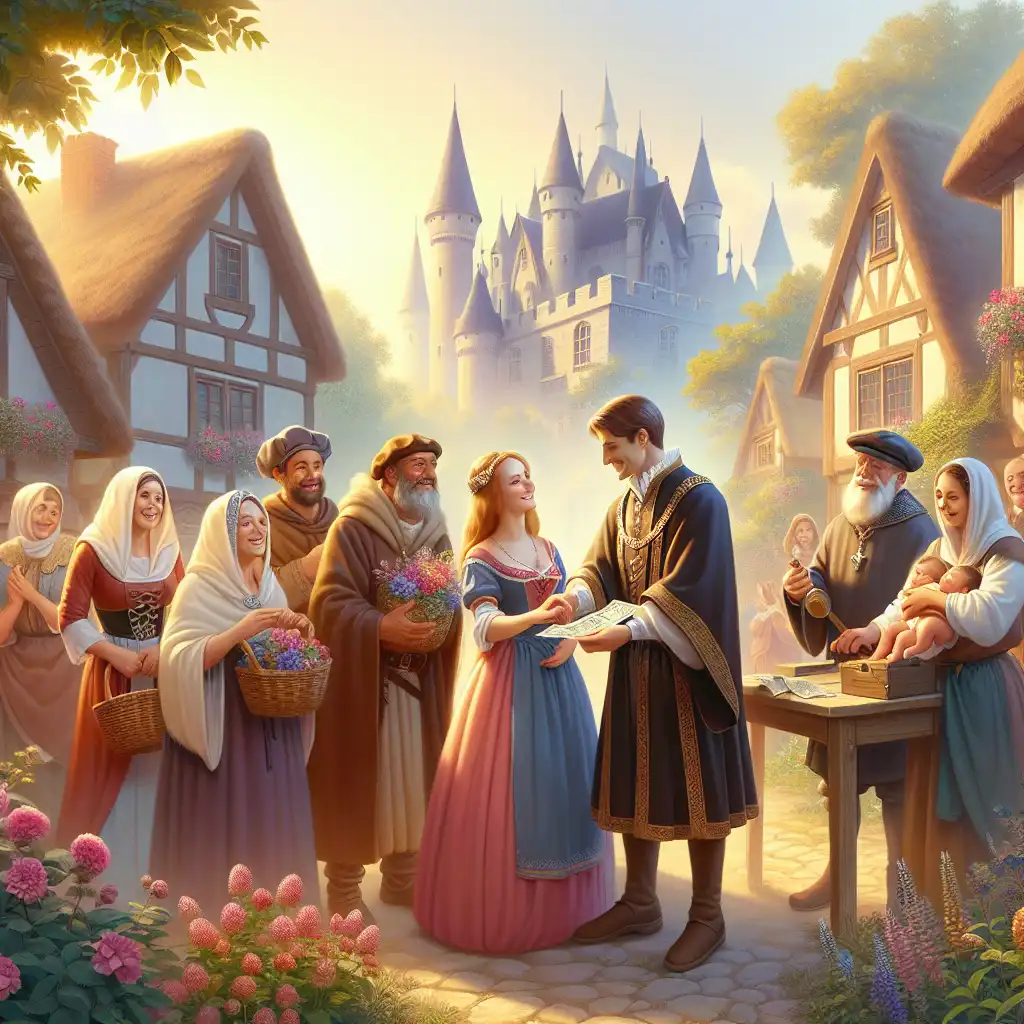
Reeve
Historical Role
Understanding 'reeve' as a historical role helps recognize its use in old texts or discussions about history.  The reeve, a man of considerable power, would collect taxes for the lord.
The reeve, a man of considerable power, would collect taxes for the lord.
Authority Figure
Traditionally, a reeve held a position of authority, comparable to modern-day mayors or sheriffs.  The reeve ordered the construction of a new communal barn.
The reeve ordered the construction of a new communal barn.
Medieval Context
Use 'reeve' when describing medieval societal structures or roles in English history.  A reeve would oversee serfs working on the estate.
A reeve would oversee serfs working on the estate.